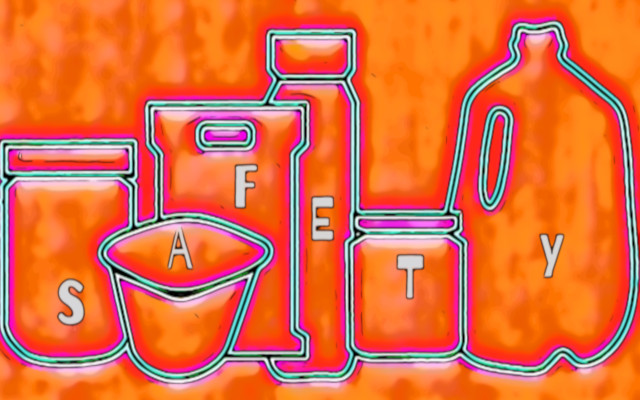The regulation of MOCAs, materials and objects in contact with food, is part of the broader context of rules to guard food safety. (1) Without neglecting the duties of proper consumer information. Much work still needs to be done, however.
Food production operators , such as those in large-scale retail and specialty distribution (GDS), are still struggling to consider the breadth of the concept ofMOCA, and the scope of its regulation.
Beyond ‘
food packaging
‘, the broader area of ‘materials, objects and substances intended to come into contact with food‘ must in fact be considered. With special attention to:
– plant and equipment, which come into contact with food often under conditions of technological stress (think, for example, of a forming machine),
– Protective devices (e.g., rolls of aluminum and plastic films). Which are sold directly to consumers for household use. Often, moreover, in the absence of clear instructions for use. Instead, which are essential to their safe use (e.g., on what foods, for how long and/or at what temperatures?),
– tableware , utensils, appliances, and kitchen and table accessories . A wide variety of goods, often from outside the EU, which transit through intermediaries who are not always careful to transfer the document of compliance to distributors. Which it is incumbent upon you to check and keep, please note, for each of the many items for sale.
MOCA, the safety requirements
The safety of MOCAs is subject to some basic requirements. The materials, objects and substances intended to come into contact with food:
–
must not bring physical contamination to the food (e.g., processing scraps, pests),
– Must not release chemicals to the food. It is the topic of migration of MOCA components, in technical jargon
NIAS
(
non-intentionally added substances
). A couple of examples, BPA
and printing inks
,
–
ensure the shelf life of the product without altering its organoleptic qualities,
– They do no other damage. In the broadest possible sense, which includes any kind of defect capable of causing harm to the health of the consumer. (2)
Ensuring compliance with these conditions cannot be achieved without the adoption by MOCA producers of an appropriate quality control and quality assurance system. (3) In addition to the effective implementation of industry GMP (‘Good Manufacturing Practices‘).
The FBOs (food business operators), in turn, must incorporate MOCA management into their self-control plans. Keeping in mind that such materials are not just one item in the procurement process (which often go through wholesalers). I ‘
‘Food Contact Materials’
often contribute to the production process diagram, and carelessness in this regard can cause even serious risks.
Food contact materials, the risks that should not be underestimated
The RASFF (
Rapid Alert System
on Food and Feed) – the EU register of health alerts on food, feed and contact materials – confirms the concrete significance of the risks highlighted above. In 2017, 119 notifications out of a total of 3759 involved unwanted substance migration events (NIAS) from materials and objects intended to come into contact with food.
Large retailers
, including specialized ones and not only those traditionally devoted to food, has a precise responsibility
to prevent such risks.
Therefore, it is not sufficient, although necessary, to verify formal suitability and file certificates of compliance. On the other hand, caution is essential when qualifying suppliers.
Supplier qualification cannot come limited to wholesalers, who sell thousands of references of the most varied natures and origins. Instead, the investigation must be extended to individual producers, wherever located, of the very many items destined to end up in our kitchens, on our tables or foods.
On health and safety, this is no laughing matter.
Dario Dongo
Notes
(1) Cf. reg. EC 1935/04 (mirroring reg. EC 178/02, c.d. General Food Law) and later, dedicated to the so-called. FCM (Food Contact Materials). For the current penalty regime in Italy, see the d.lgs. 29/2017
, briefly illustrated at
https://www.foodagriculturerequirements.com/archivio-notizie/moca-materiali-e-oggetti-a-contatto-con-gli-alimenti-le-sanzioni-in-italia_1
(2) Just these days, for example, Tascoma has recalled some cream siphons which, due to risk of plastic head failure, could cause injury to users. See https://www.tescomaonline.com/it/pagine/landing-page-comunicazioni/avviso-di-sicurezza.html
(3) See, by way of example, the reg. EC 2023/2006, Articles 5 and 6
Dario Dongo, lawyer and journalist, PhD in international food law, founder of WIISE (FARE - GIFT - Food Times) and Égalité.








